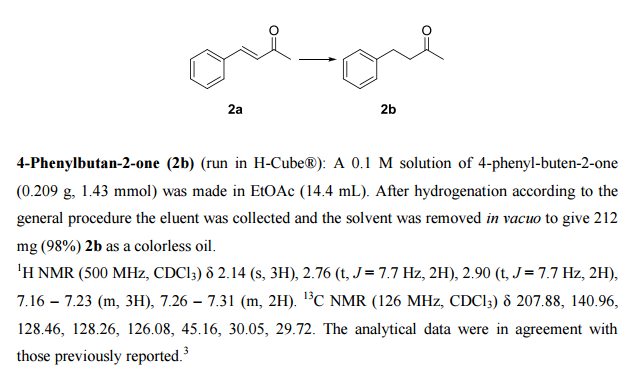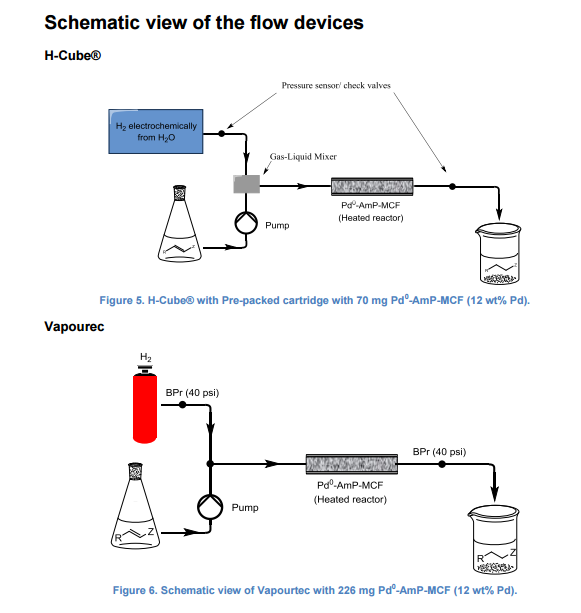Microbial cyclosophoraose as a catalyst for the synthesis of diversified indolyl 4H-chromenes via one-pot three component reactions in water
http://pubs.rsc.org/en/Content/ArticleLanding/2016/GC/C6GC00137H?utm_source=feedburner&utm_medium=feed&utm_campaign=Feed%3A+rss%2FGC+%28RSC+-+Green+Chem.+latest+articles%29#!divAbstract
Microbial cyclosophoraose as a catalyst for the synthesis of diversified indolyl 4H-chromenes via one-pot three component reactions in water
*
Corresponding authors
a
Institute
for Ubiquitous Information Technology and Applications (UBITA) &
Center for Biotechnology Research in UBITA (CBRU), Konkuk University,
Seoul 143-701, South Korea
E-mail: shjung@konkuk.ac.kr
E-mail: shjung@konkuk.ac.kr
b
Nelson Mandela African Institution of Science and Technology, PO box 447, Arusha, Tanzania
c
Department
of Bioscience and Biotechnology, Microbial Carbohydrate Resource Bank
(MCRB), Konkuk University, Seoul 143-701, South Korea
Green Chem., 2016, Advance Article
DOI: 10.1039/C6GC00137H
As a novel biosourced saccharide catalyst, microbial cyclosophoraose, a cyclic β-(1,2) glucan, was used for the synthesis of therapeutically important versatile indolyl 4H-chromenes via a one pot three-component Knoevenagel–Michael addition–cyclization reaction of salicylaldehyde, 1,3-cyclohexanedione/dimedone, and indoles in water under neutral conditions. A possible reaction mechanism through molecular complexation is suggested based on 2D ROESY NMR spectroscopic analysis. Moreover, green chemistry metric calculations were carried out for a model reaction, indicating the satisfactory greener approach of this method, with a low E-factor (0.18) and high atom economy (AE = 91.20%). The key features of this protocol are based on two critical factors where the first is to use a novel eco-friendly supramolecular carbohydrate catalyst and the second is its fine green properties such as compatibility with various substituted reactants, recyclability of the catalyst, chromatography-free purification, high product selectivity, and clean conversion with moderate to excellent yields in an aqueous medium.
9-(1H-indol-3-yl)-5-methoxy-3,3- dimethyl-2,3,4,9-tetrahydro-1H-xanthen-1-one (4a):
(2-hydroxy-3-methoxybenzaldehyde 1, Dimedone 2
////////







